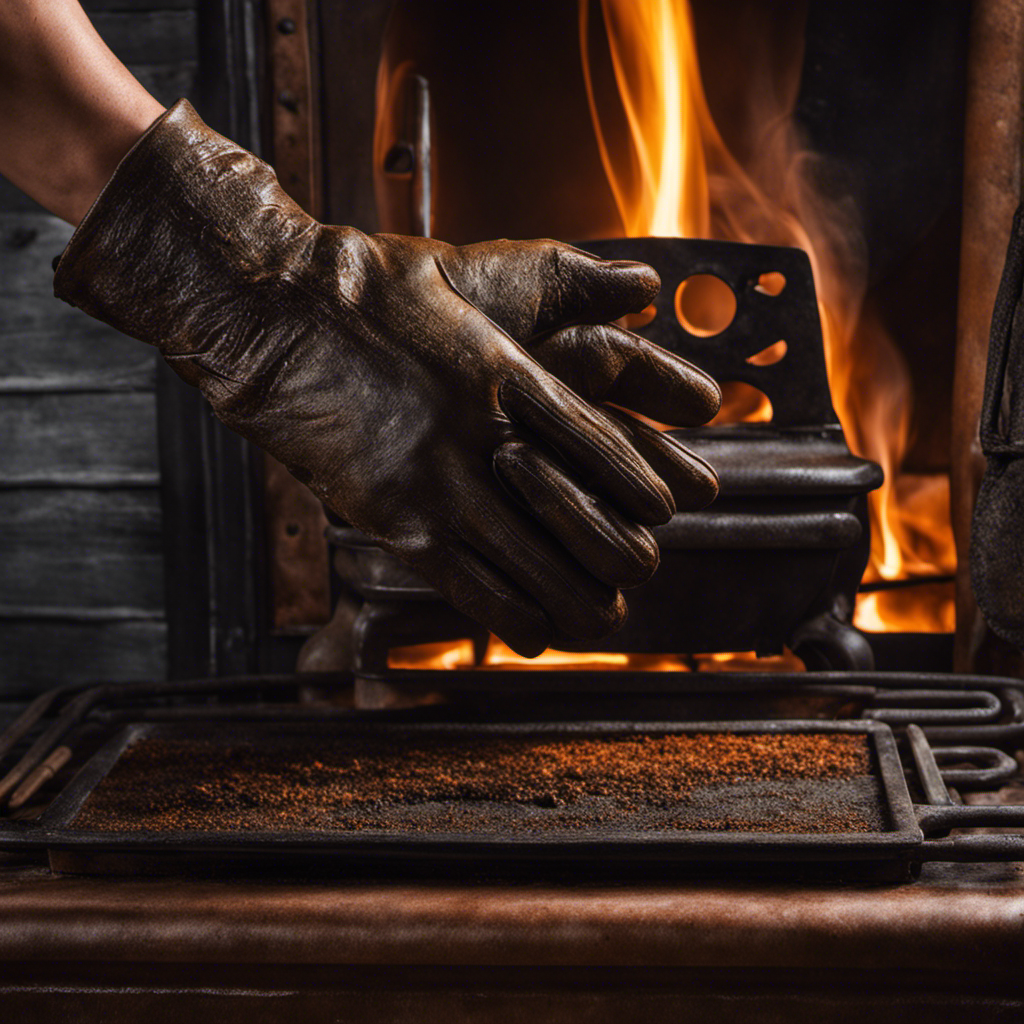I’ve discovered a fascinating way to harness the energy from my wood stove. By building a thermoelectric generator, I can transform the thermal energy produced by the stove into electricity.
It’s a clever and efficient solution that not only reduces my reliance on traditional power sources but also helps me embrace a greener lifestyle.
In this article, I’ll guide you through the process of building your own thermoelectric generator, so you too can make the most of your wood stove’s energy potential.
Let’s get started!
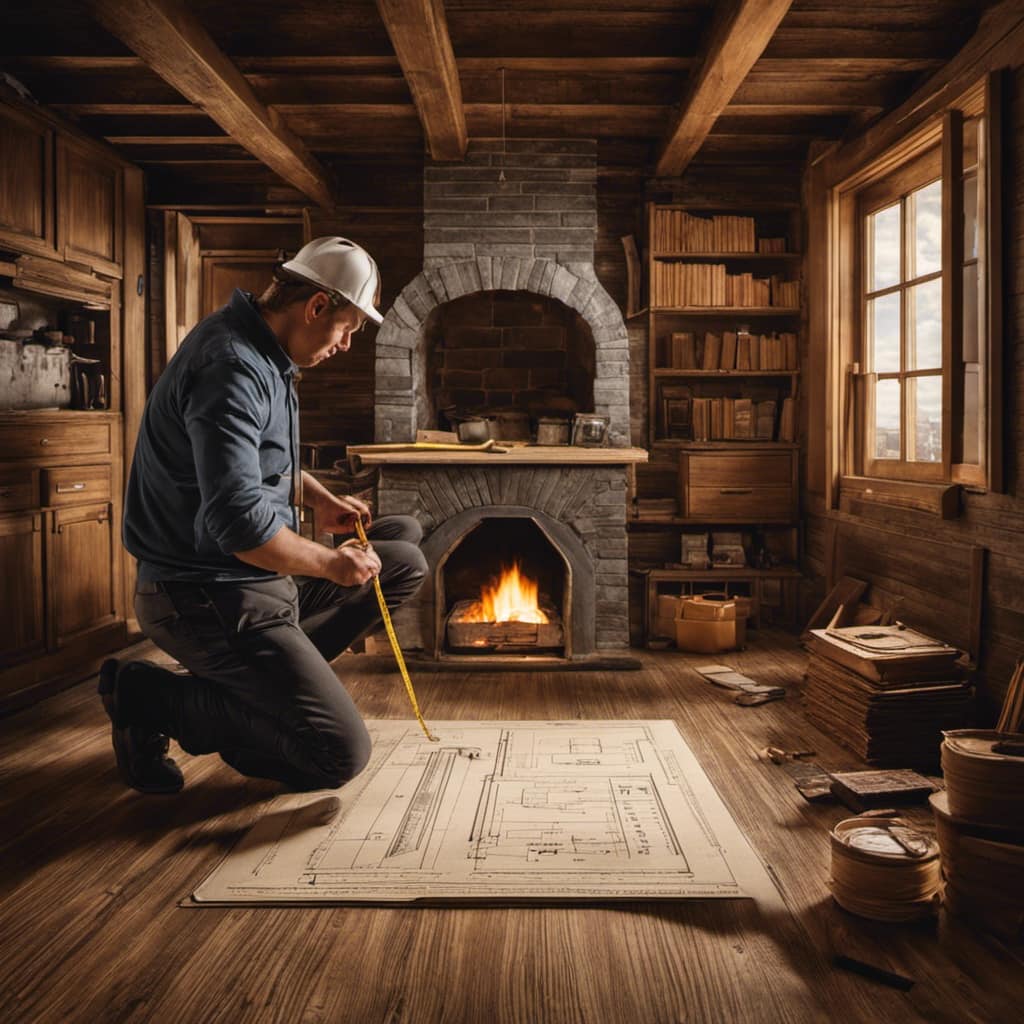
Key Takeaways
- Efficiency considerations, indicated by the module’s figure of merit (ZT), are crucial in thermoelectric module selection.
- The module’s operating temperature range should align with the wood stove’s temperature range.
- Aluminum heat sinks, copper wire, and heat-resistant adhesive are essential materials and tools for building the generator.
- Proper assembly, wiring, and testing techniques are crucial for the generator’s functionality and optimal performance.
Choosing the Right Thermoelectric Modules
I’m currently researching and comparing different thermoelectric modules for my wood stove to ensure I choose the right one.
When it comes to thermoelectric module selection, efficiency considerations play a crucial role. Efficiency refers to the ability of the module to convert heat energy into electrical energy effectively. One key factor to consider is the module’s figure of merit (ZT), which indicates its thermoelectric efficiency. A higher ZT value signifies better performance.
Additionally, the module’s operating temperature range should align with the temperature range of the wood stove to maximize efficiency. It’s also important to consider the module’s size and power output, as these factors can impact its effectiveness in generating electricity.
Gathering the Necessary Materials and Tools
To build the thermoelectric generator for my wood stove, I need to gather materials such as aluminum heat sinks, copper wire, and a heat-resistant silicone adhesive. Aluminum heat sinks are essential for dissipating heat and maximizing the efficiency of the thermoelectric modules. Copper wire is needed to connect the modules and create an electrical circuit. Lastly, a heat-resistant silicone adhesive is crucial for securing the components in place.
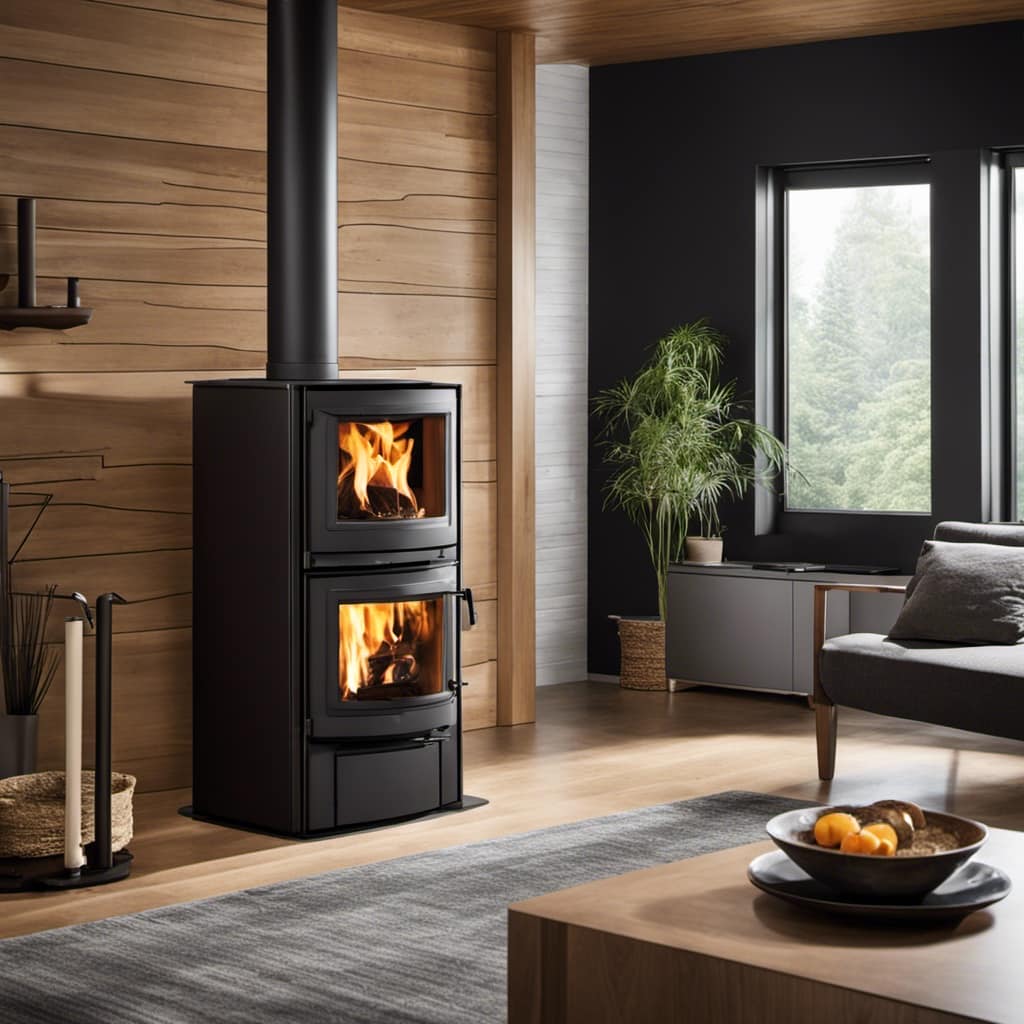
Finding alternative heat sources and increasing energy efficiency are important considerations in today’s world. By harnessing the wasted heat from my wood stove, I can create electricity and reduce my reliance on traditional power sources.
With these materials in hand, I can now move on to designing and building the heat sink, which will play a critical role in the performance of the thermoelectric generator.
Designing and Building the Heat Sink
My first step in designing and building the heat sink is to research the most effective materials and techniques to optimize its performance.
The key consideration for sizing the heat sink is to ensure efficient heat dissipation and prevent overheating. To achieve this, I’ll analyze the heat generation rate and the desired operating temperature of the thermoelectric generator.

Based on this information, I’ll select a suitable material with high thermal conductivity, such as copper or aluminum, to maximize heat transfer. Additionally, I’ll design the heat sink with an optimal fin structure to increase the surface area for heat dissipation.
Assembling and Wiring the Thermoelectric Generator
I can use a combination of soldering and connectors to assemble and wire the thermoelectric generator, ensuring a secure and efficient electrical connection.
When it comes to mounting options, there are a few key considerations to keep in mind. Firstly, choosing a sturdy and heat-resistant material for the mounting brackets is crucial to ensure the stability of the generator.
Secondly, placing the generator in a well-ventilated area is essential to prevent overheating and maximize its performance.
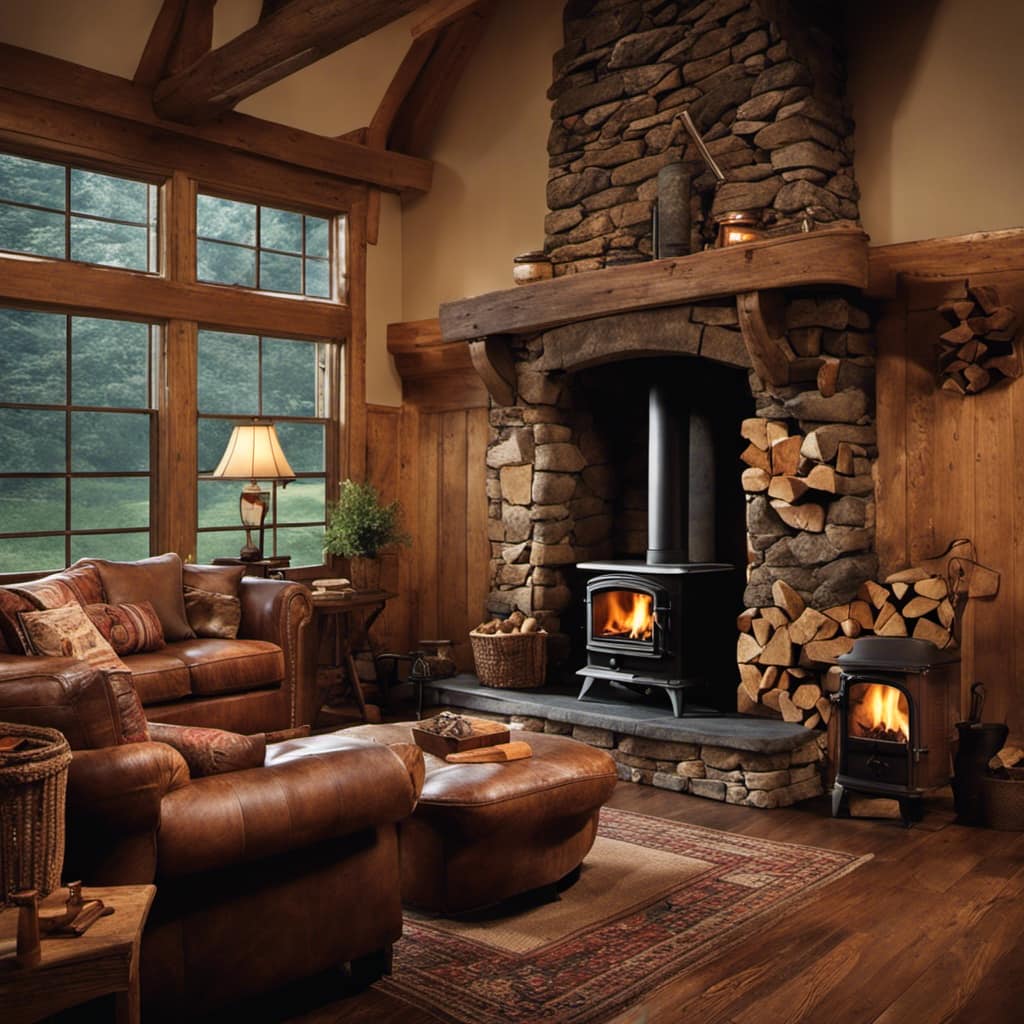
Lastly, considering the accessibility for maintenance and repairs is important for long-term usability.
In terms of safety precautions, it’s important to follow proper soldering techniques to avoid any electrical shorts or hazards. Additionally, wearing safety goggles and gloves while working with sharp tools and hot surfaces is crucial to protect oneself from potential injuries.
Can a Thermoelectric Generator Work with Different Types of Heat Sources, such as Hot Water Radiant Heat, Wood Stove, and Open Fireplace?
Yes, a thermoelectric generator can work with different types of heat sources, including hot water radiant heat, wood stoves, and open fireplaces. These are considered some of the cleanest heat sources for home, and the generator can efficiently convert their heat into electricity for various applications.
Testing and Troubleshooting the Generator
I’m currently running various tests to ensure the generator is functioning properly and troubleshooting any issues that may arise. In order to effectively troubleshoot the generator, I’m employing a range of troubleshooting techniques.
This includes checking the connections and wiring for any loose or damaged components, as well as using diagnostic tools to measure voltage and current outputs. Additionally, I’m closely monitoring the temperature differentials across the thermoelectric modules to ensure optimal performance.
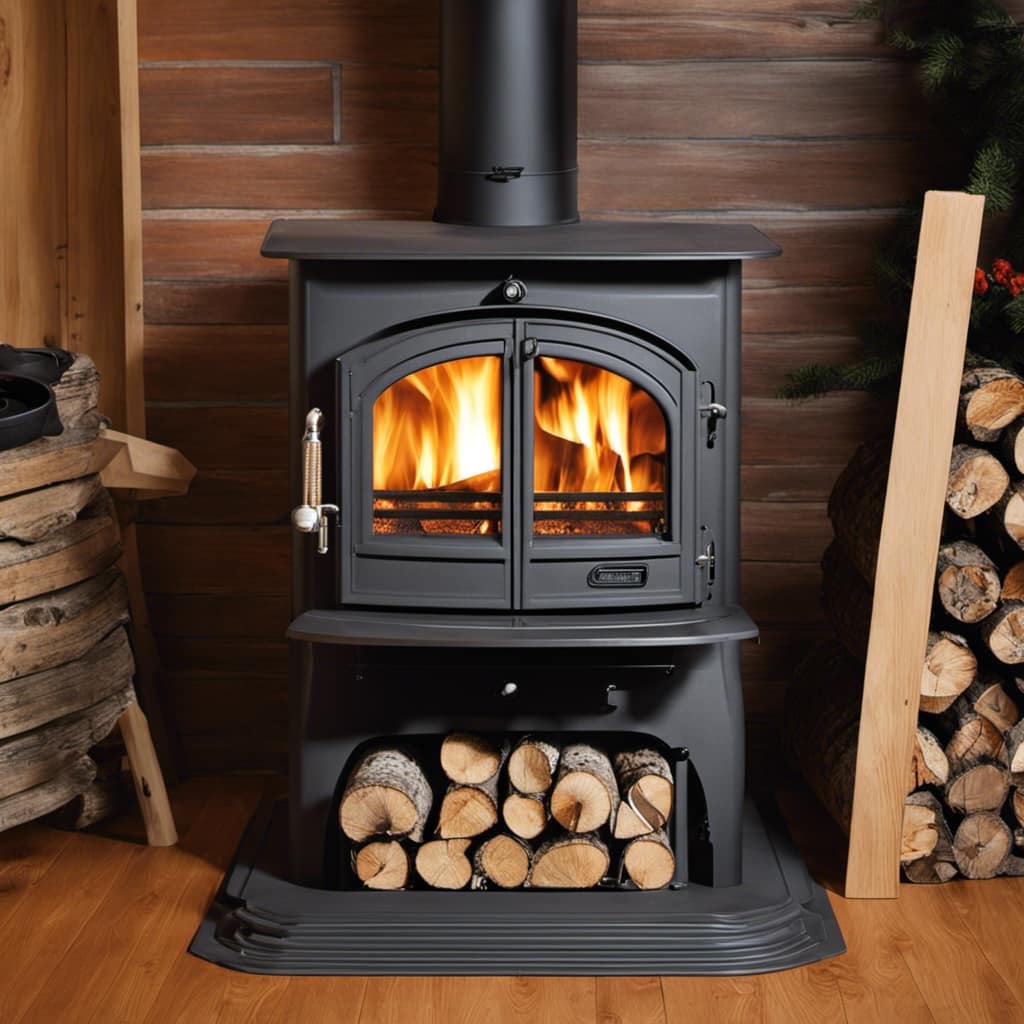
If any issues are detected, I’ll analyze the data and identify potential solutions. Performance optimization is a key aspect of this process, and I’m actively exploring ways to enhance the generator’s efficiency and power output.
Frequently Asked Questions
Can a Thermoelectric Generator Be Used With Any Type of Wood Stove?
Yes, a thermoelectric generator can be used with any type of wood stove, including pellet stoves. The efficiency of a thermoelectric generator with a wood stove depends on various factors such as temperature differentials and insulation.
How Long Does It Typically Take to Gather All the Necessary Materials and Tools?
Typically, it takes some time to gather all the necessary materials and tools. However, by sourcing materials efficiently and utilizing tips for finding the right tools quickly, the process can be expedited.
Is It Possible to Build a Thermoelectric Generator Without Prior Experience or Expertise?
It is possible to build a thermoelectric generator without prior experience. However, common challenges include understanding the principles, selecting appropriate materials, and ensuring proper assembly. Beginners should research extensively, follow detailed instructions, and seek guidance if needed.
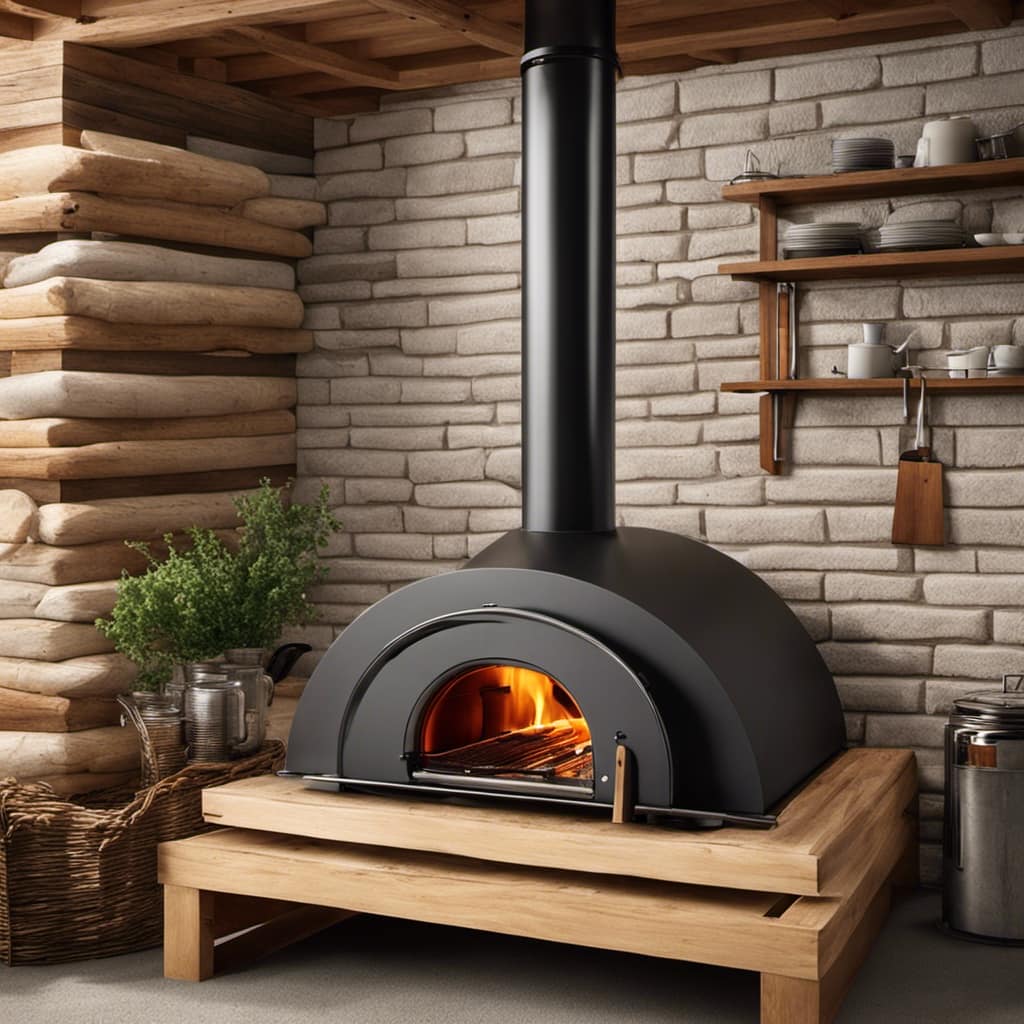
Can the Thermoelectric Generator Be Used to Power Other Appliances or Devices in Addition to Charging Batteries?
Yes, a thermoelectric generator can be used to power other appliances or devices in addition to charging batteries. It offers off grid power and the efficiency varies depending on the appliance being used.
Are There Any Safety Precautions or Regulations That Need to Be Followed When Using a Thermoelectric Generator With a Wood Stove?
Safety precautions and regulations must be followed when using a thermoelectric generator with a wood stove. It is important to ensure proper ventilation, avoid contact with hot surfaces, and comply with local building codes.
Conclusion
To conclude, building a thermoelectric generator for a wood stove can be a rewarding project for those interested in harnessing waste heat for electricity.
One interesting statistic is that thermoelectric generators have an average efficiency of 5-8%, meaning that they can convert a significant portion of the stove’s heat energy into usable electrical power.
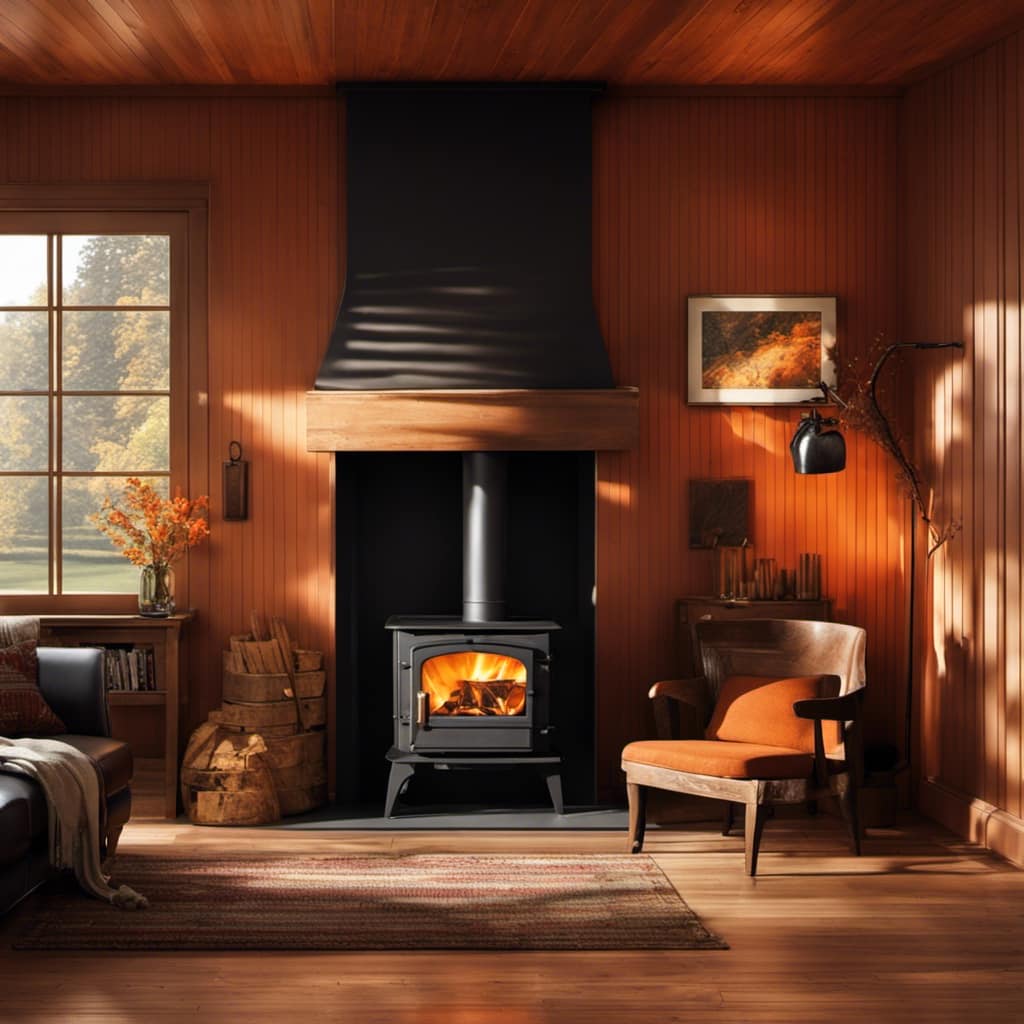
By following the outlined steps and ensuring proper testing and troubleshooting, individuals can successfully create their own efficient and sustainable energy solution.
Growing up surrounded by the vast beauty of nature, Sierra was always drawn to the call of the wild. While others sought the comfort of the familiar, she ventured out, embracing the unpredictable and finding stories in the heartbeat of nature.
At the epicenter of every remarkable venture lies a dynamic team—a fusion of diverse talents, visions, and passions. The essence of Best Small Wood Stoves is crafted and refined by such a trio: Sierra, Logan, and Terra. Their collective expertise has transformed the platform into a leading authority on small wood stoves, radiating warmth and knowledge in equal measure.




